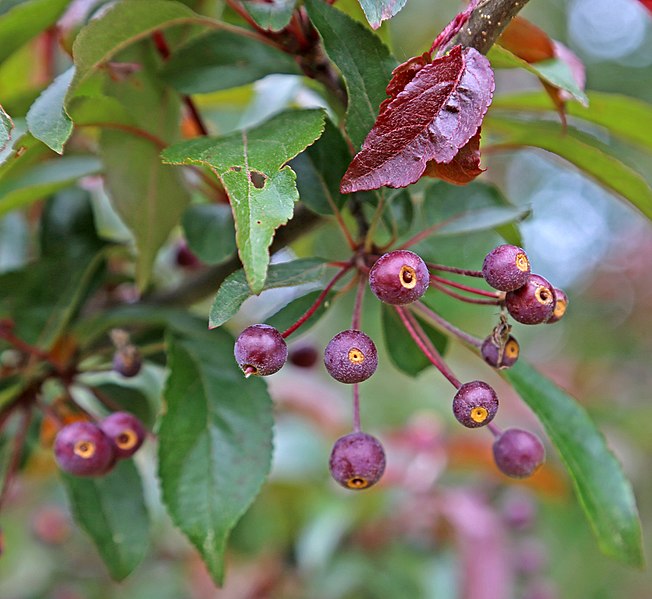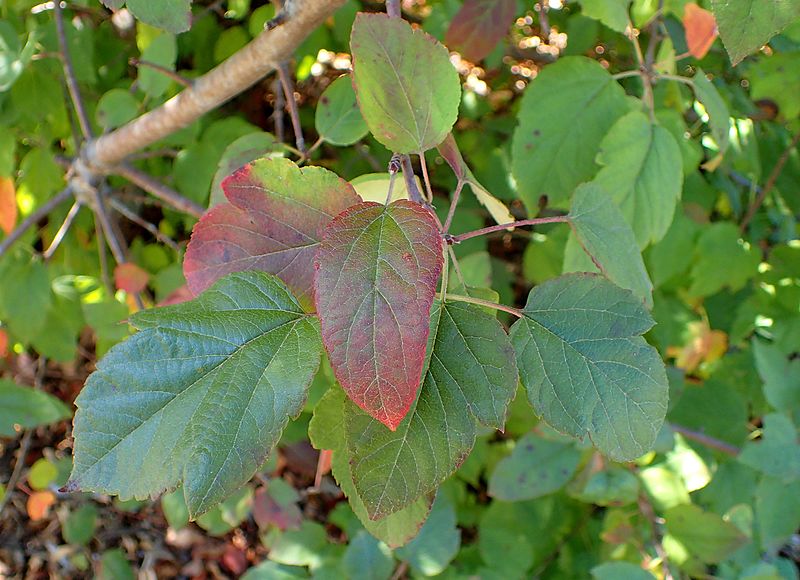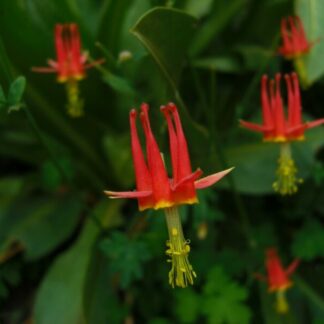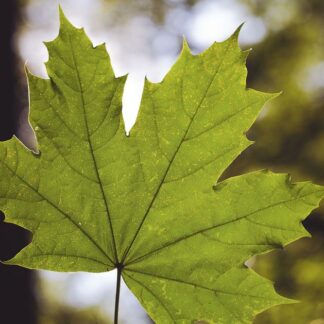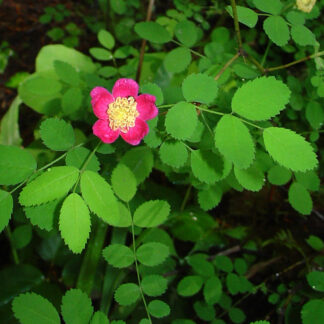Description
Sold in bundles of 10.
At a Glance: Deciduous Shrub or small tree with small spurs
Height: Up to 35ft tall
Leaves: up to 10cm long, lance to egg shaped deciduous alternate leaves, toothed with pointed ends
Flowers: White to pink showy and fragrant apple blossoms
Fruits: Start green and turn yellow to reddish when ripe. Small clusters of tart edible apples.
Helpful Hints: Grows fairly rapidly and can create dense thickets that prevent predation. Young twigs are very attractive to deer and protection is recommended. Plant in wet area. Click HERE to determine your recommended planting density.
Ethnobotany: Fruit acidity prevents need for preservation. They get softer and sweeter with age. They were a popular food source for many native tribes. Bark was used in eye and digestive treatments. Warning: bark contains cyanide producing compounds.
| Sun/Shade Tolerance | Hydrology | Elevation Range |
|
full sun > 80%
mostly sunny 60%-80%
partial sun and shade 40%- 60%
mostly shady 60%-80%
full shade > 80%
|
wet
moist
|
low elevation
mid elevation
|
| Wildlife Value | |
|
Fruit
Pollinator plant
Thickets and shelter
|
Provides excellent cover and food for wildlife! |
Livestock Toxicity: Pacific Crabapple contains cyanogenic glycoside, which produces the toxin cyanide. The cyanide is in the seeds, leaves and bark and can cause toxicity in livestock, displaying as rapid breathing followed by slow, difficult breathing, excitement and confusion. In severe cases consumption of large quantities can cause death.
References:
Pojar, Jim, and Andy MacKinnon. Plants of the Pacific Northwest Coast: Washington, Oregon, British Columbia & Alaska. Revised ed. Redmond, Wash.: B.C. Ministry of Forests and Lone Pine Pub., 2004. Print.
“Sound Native Plants.” Sound Native Plants. Web. 31 Oct. 2014. www.soundnativeplants.com.

